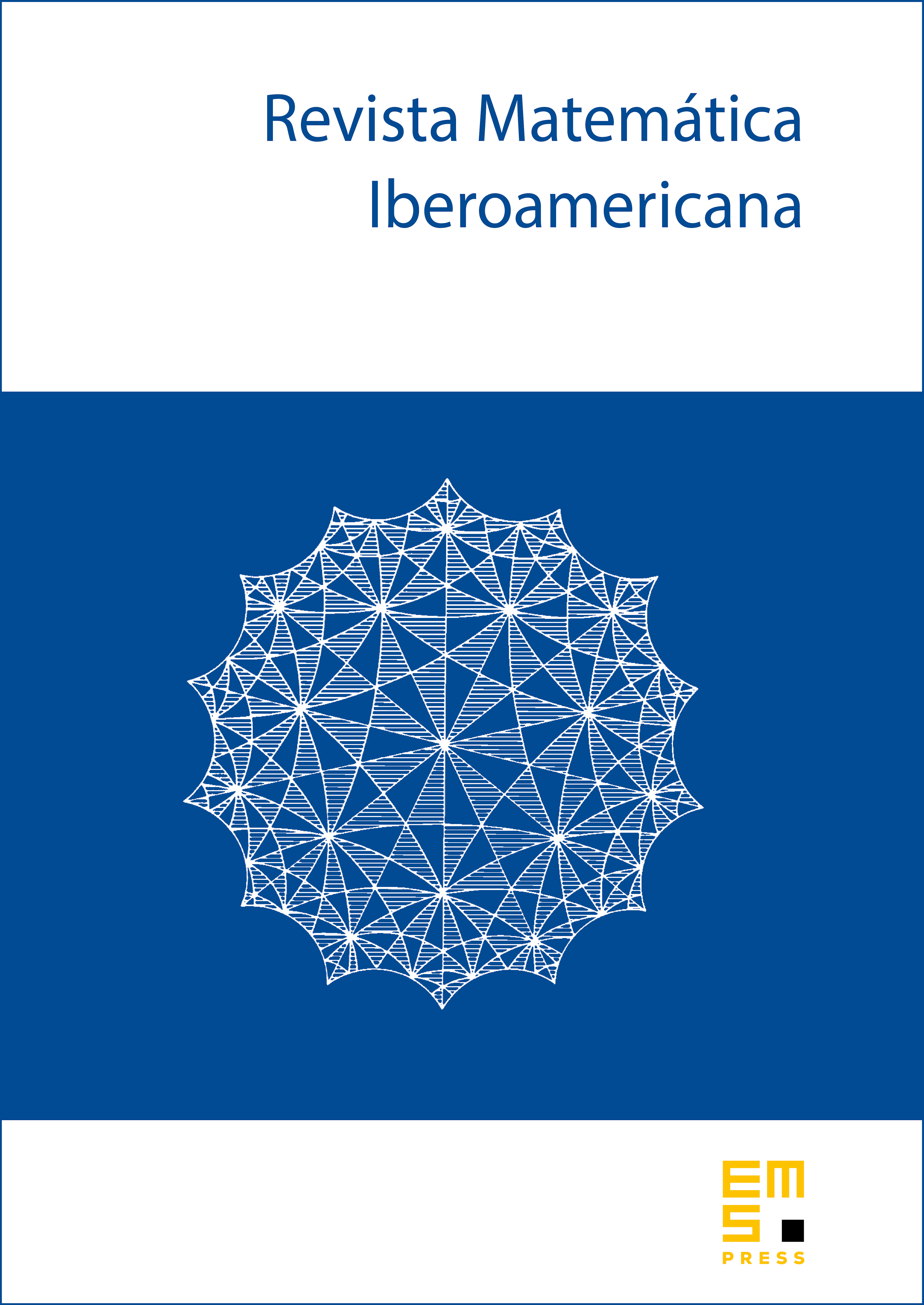Hilbert cubes in arithmetic sets
Rainer Dietmann
Royal Holloway University of London, Egham, UKChristian Elsholtz
Technische Universität Graz, Austria

Abstract
We show upper bounds on the maximal dimension of Hilbert cubes in several sets of arithmetic interest.
a) For the set of squares we obtain . Using previously known methods this bound could have been achieved only conditionally subject to an unsolved problem of Erdős and Radó.
b) For the set of powerful numbers we show .
c) For the set of pure powers we also show , but for a homogeneous Hilbert cube, with , this can be improved to , when the are distinct, and , generally. This compares with a result of in the literature.
d) For the set we also solve an open problem of Hegyvári and Sárközy, namely we show that does not contain an infinite Hilbert cube.
e) For a set without arithmetic progressions of length we prove , which is close to the true order of magnitude.
Cite this article
Rainer Dietmann, Christian Elsholtz, Hilbert cubes in arithmetic sets. Rev. Mat. Iberoam. 31 (2015), no. 4, pp. 1477–1498
DOI 10.4171/RMI/877